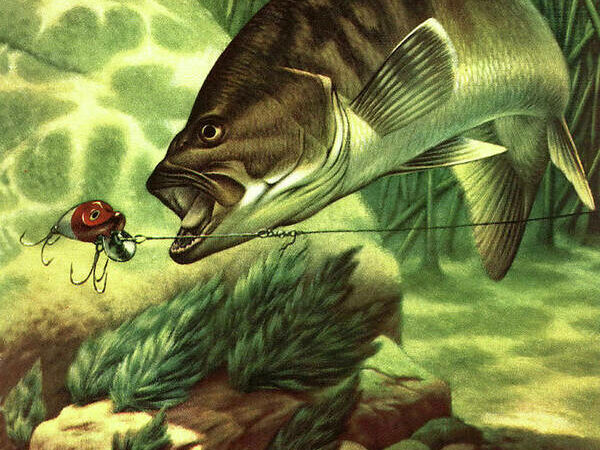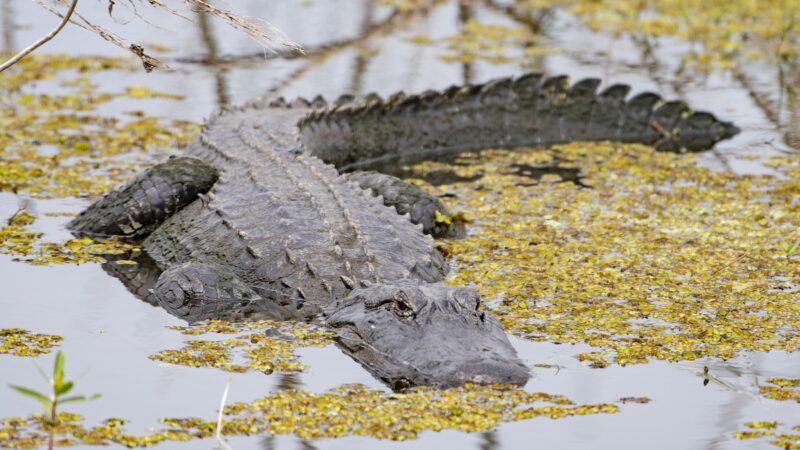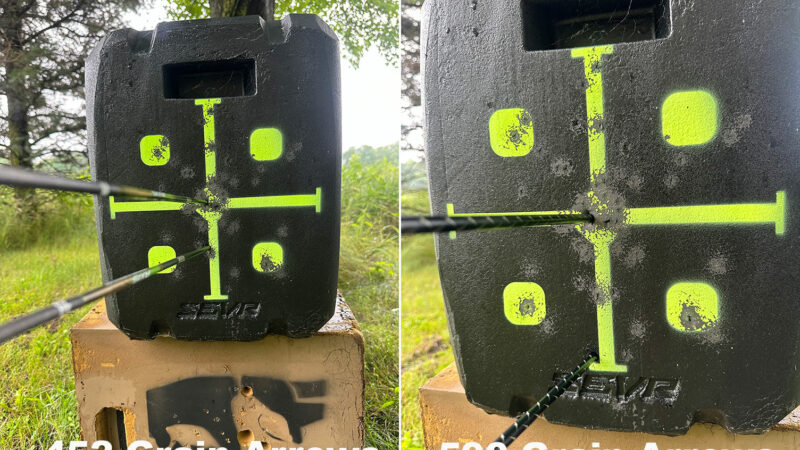Podcast: The Bowhunting Gear That Actually Matters
We may earn revenue from the products available on this page and participate in affiliate programs. Learn More ›
Have you been shooting your bow? Is your archery equipment dialed? As bow season approaches, many bowhunters are scrambling to make adjustments, upgrade their gear, and, in some cases, buy they’re way out of bad shooting. So what should you focus on when it comes to shooting, and what gear upgrades and investments are worthwhile? That’s what we set out to answer in this week’s podcast episode.
.embed-container { position: relative; padding-bottom: 56.25%; height: 0; overflow: hidden; max-width: 100%; } .embed-container iframe, .embed-container object, .embed-container embed { position: absolute; top: 0; left: 0; width: 100%; height: 100%; }
What Matters
You
The person behind the bow is the single biggest factor in archery. If you suck at shooting, it doesn’t matter what bow, arrow, or broadhead you use: you’re going to miss, or worse. So get yourself squared away with a bow that fits you, and learn the basics of archery form.
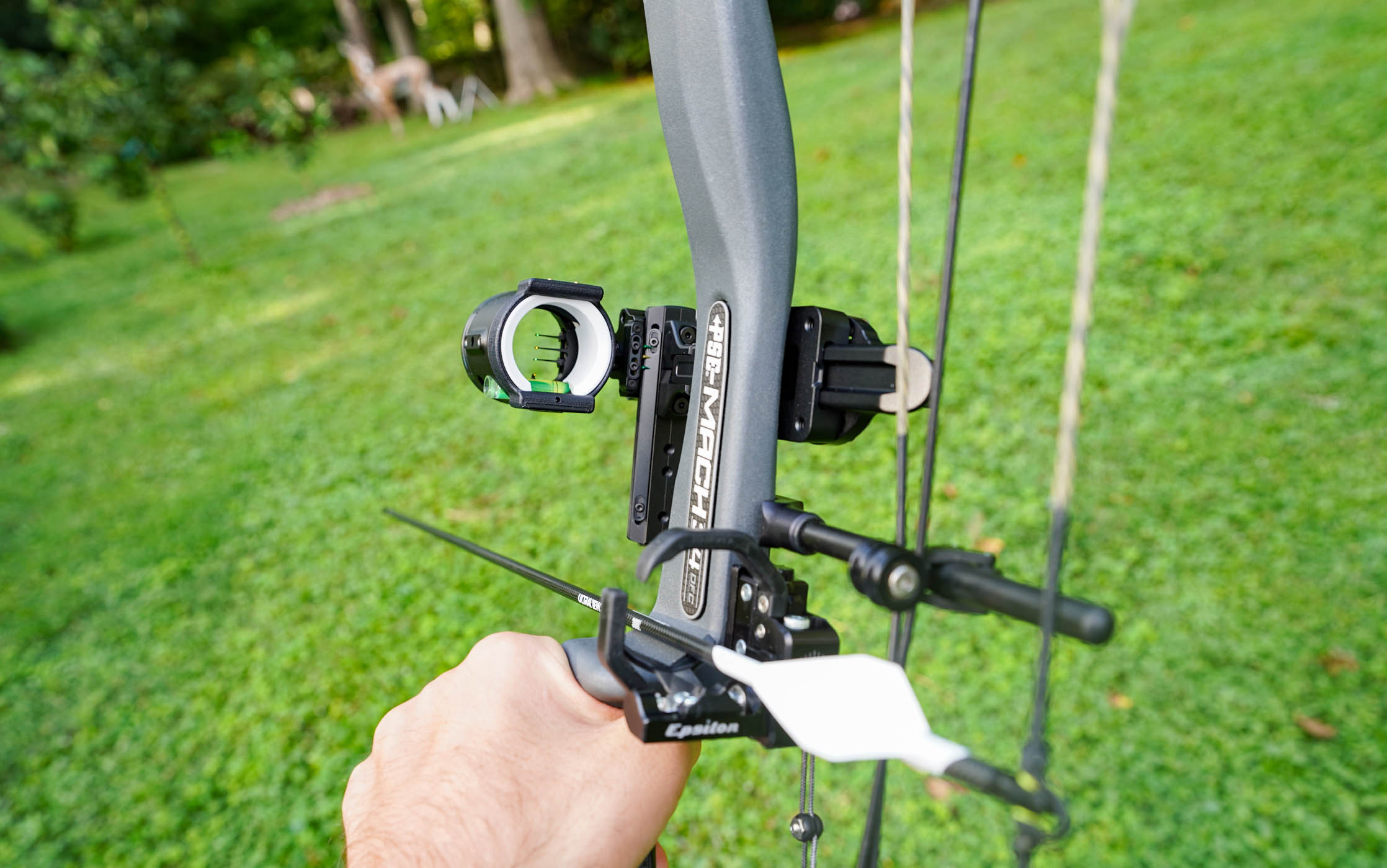
Photo by Scott Einsmann
Once you have the basics down you can move on to practicing in realistic hunting scenarios. Do things like shooting from your stand, saddle, or ground blind. Make sure you have good bowstring clearance while wearing your safety harness and hunting clothes. Practice holding at full draw for extended periods and then executing a good shot. Rehearse your process for ranging, choosing the right pin, picking a spot on the animal, and shooting. It’s also a good idea to shoot in a local tournament where you can get practice shooting under pressure.
Rangefinder
One key piece of gear I forgot to discuss during the podcast is a rangefinder. A quality rangefinder is an asset while a crappy one is a massive liability. I’d recommend getting one with angle compensation and a red display — it contrasts better than black in the woods.
Read Next: Best Rangefinders for Bowhunting
Quiver
Another piece of gear I forgot to mention in the podcast episode is your quiver. If you have a noisy quiver that doesn’t securely hold your arrows, a new quiver is a worthwhile upgrade. If your quiver has a foam insert, consider replacing it every few years because dirt can build up in the foam, which can dull your broadheads.
I discussed several other pieces of key gear considerations in the podcast, so be sure to give it a listen.
Bow Tuning
Take a look in the mirror and ask yourself, “When was the last time I tuned my bow?” If it’s been more than a year or if you’ve changed something in your setup, the most important thing you can do between now and the opener is tune your bow. You better shoot your broadheads to make sure they’re hitting where you aim, too.
If your arrows aren’t flying straight you’re also robbing penetration potential from your arrow. A well-tuned bow will be easier to shoot well and it should shoot any broadhead accurately — provided you have adequate fletching.
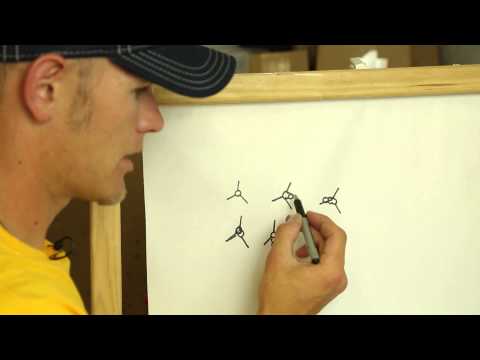
For bowhunters shooting a mechanical broadhead, a basic paper tune is all that’s needed. For hunters using a fixed blade or if you want to maximize your bow’s accuracy, paper tuning is a starting point. From there you can broadhead tune, bareshaft tune, group tune, torque tune, and continue down the list of advanced tuning methods. But at the very least, you should broadhead tune.
Another aspect of bow setup that can be overlooked is sight leveling — in particular, the third-axis level. If your this axis is off, you’ll miss left or right when shooting downhill. A Hamskea Third Axis Level is an easy way to make sure your third axis is on point.
Bowstring
Yes, this is another thing I forgot to mention in the podcast. Good thing you read this article in addition to just listening to the podcast.
Bowstrings have a shelf life and if your string starts to go, you’re going to have a rough time this season. I’d change bow strings every two years if you don’t shoot a ton and every year if you shoot daily. Keep an eye on your serving, cam timing, and peep twist. If any of those start to slip, it’s a signal that it’s time for some new strings. I personally like GAS bowstrings and always go with a solid color, rather than a multi-color string. Different colors of string materials have different thicknesses and opting for one color is the best way to ensure consistency.
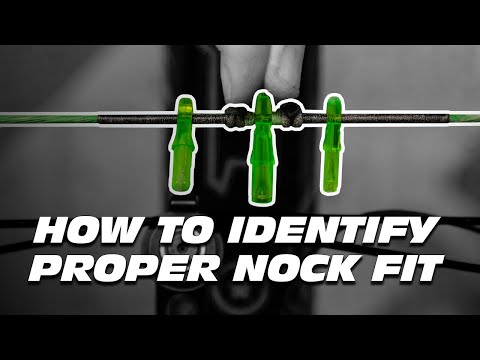
Another consideration that’s absolutely critical is your nock fit and nock pinch. Your nocks should click onto your string and come off the string with a light pull. If it takes force to pull the nock off the string, I recommend a new serving or nock to avoid tuning issues. When ordering new strings you can tell the string maker what nock you use, and they’ll match your serving diameter to that nock.
Keep in mind that as you draw your bow, the string can pinch the nock and you’ll see the arrow lift off the rest if that’s the case. Leave some wiggle room between the nock and your nocking points or D-loop knots to avoid nock pinch.
Sharp Broadheads
I did an extensive broadhead test, and one of the key takeaways was how much sharpness made a difference in penetration. Many of the broadheads in that test shot well and many of them passed my durability test, but they all weren’t sharp. So choose a broadhead that fits your budget then make sure it’s sharp and it flies well from your bow.
What Doesn’t Matter
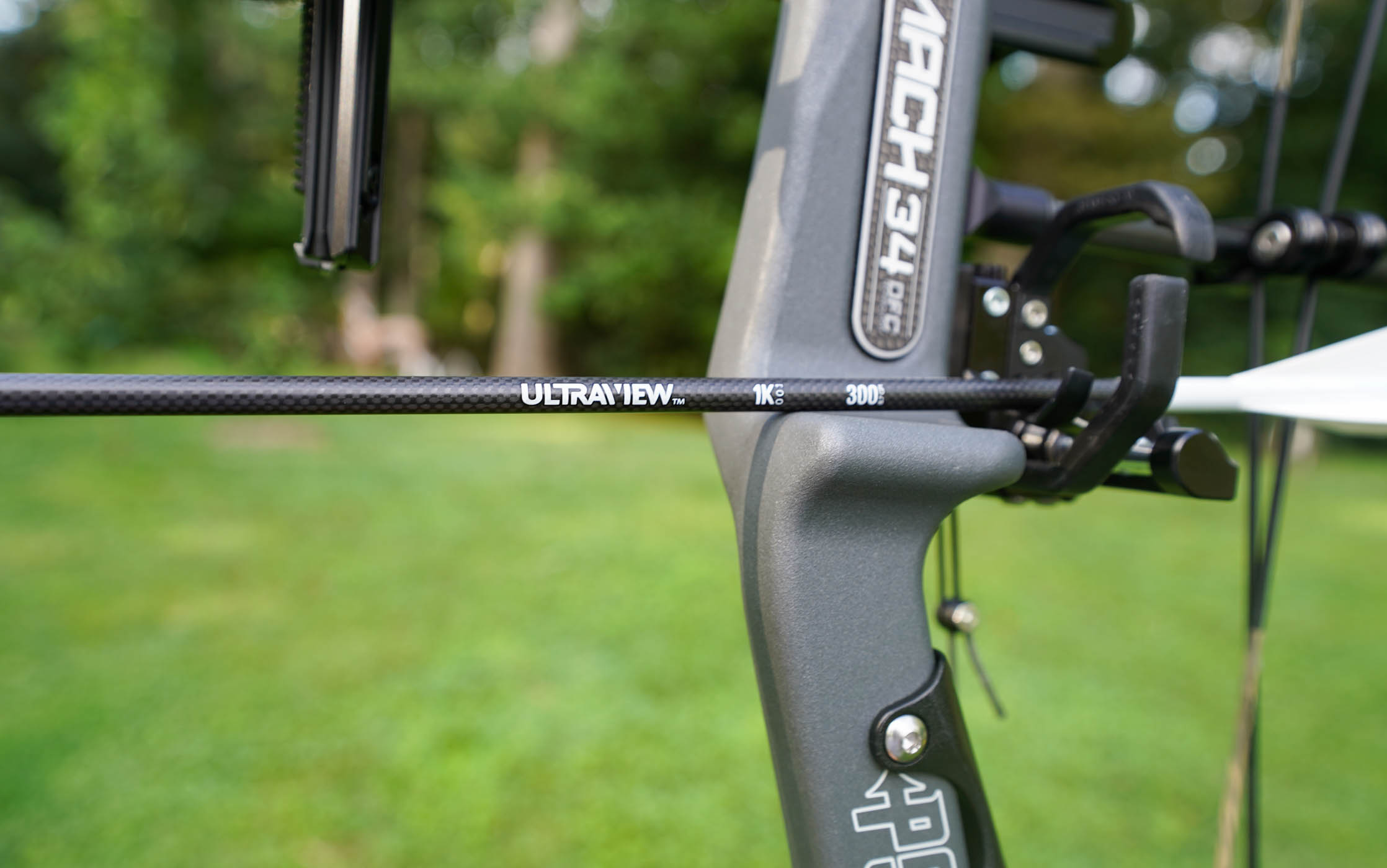
Photo by Scott Einsmann
Arrow Weight
You can call me captain boring when it comes to arrow weight. I like a middle-of-the-road arrow weight that’s somewhere in the 400 to 500 grain range — not super heavy or ultra light. If you have a draw weight that’s 27-inches or more and you’re shooting around 60 pounds, you’ll shoot that mid-weight arrow at 260 to 280 fps. That means a reasonably flat trajectory, good penetration, and a quiet bow.
If you’re hunting larger game, like elk, there are benefits to going heavier. Mainly, increased momentum for better penetration. A heavier arrow will also tamp down bow noise and, due to its slower speed, it will be easier to tune a fixed blade broadhead. The main downside is that your trajectory becomes unforgiving at distances beyond 35 yards, so you’ll have to be spot on with your ranging to place an arrow in the vitals.
Read Next: Victory RIP TKO Review: The Goldilocks Hunting Arrow
Bow Sight
Sights split east and west into two categories. If you’re a skilled western bowhunter who can take shots past 40 yards, then a quality sight makes a big difference for you. If you’re a whitetail hunter who hasn’t taken a shot past 30 yards, you don’t need a slider sight. A fixed pin sight with durable and bright pins will serve you well for many years.
Bow Brand
The best flagship bows are all amazing and the best budget bows are also amazing. So it’s hard to go wrong no matter what brand or model you choose. The best piece of bow shopping advice I have to offer is to try several bows, ignore the brands, and buy the bow that feels the best to you.
Final Thoughts
We don’t have a lot of time until bow season starts, so don’t get distracted by frivolous gear tweaks. Instead, spend the next month or two focusing on what really matters. Here’s a handy reminder: your shooting form, bow tune, sharp broadheads that fly well, and a quiet setup.
The post Podcast: The Bowhunting Gear That Actually Matters appeared first on Outdoor Life.
Source: https://www.outdoorlife.com/hunting/podcast-most-important-bowhunting-hunting-gear/


